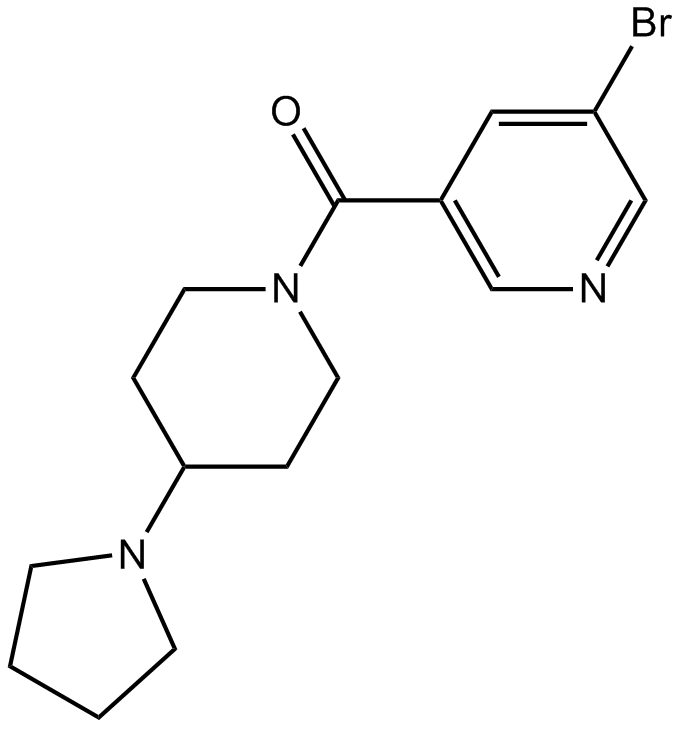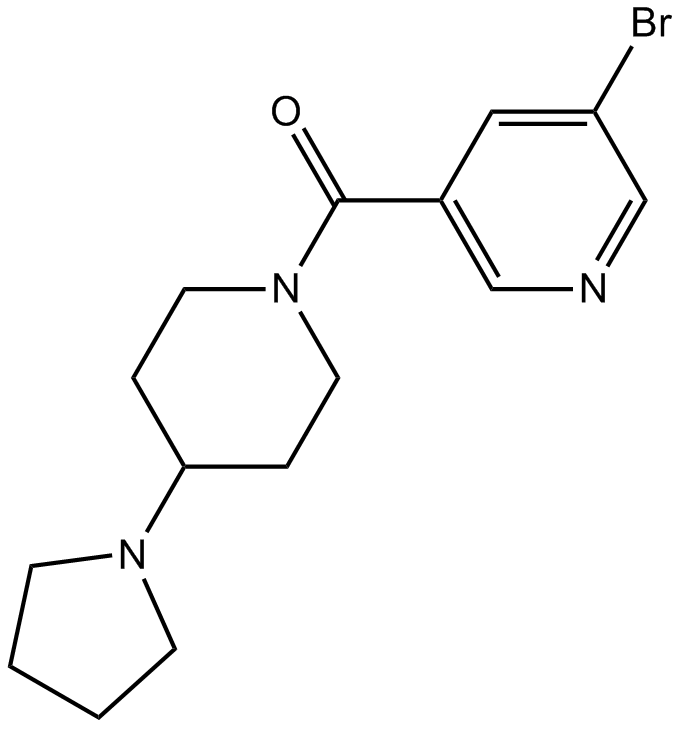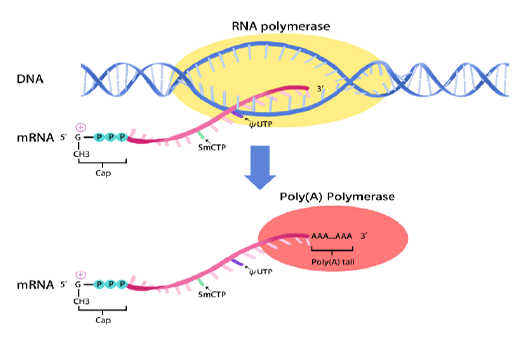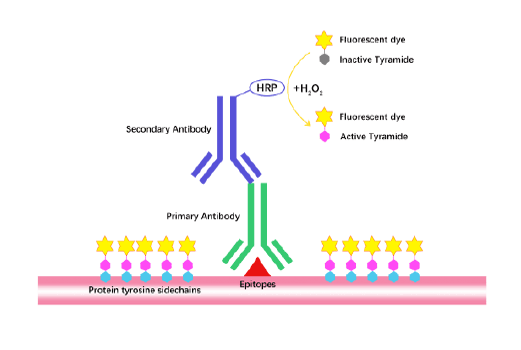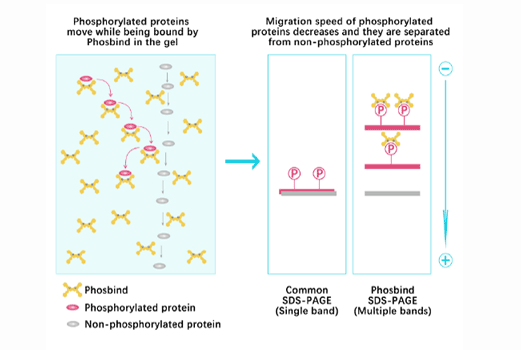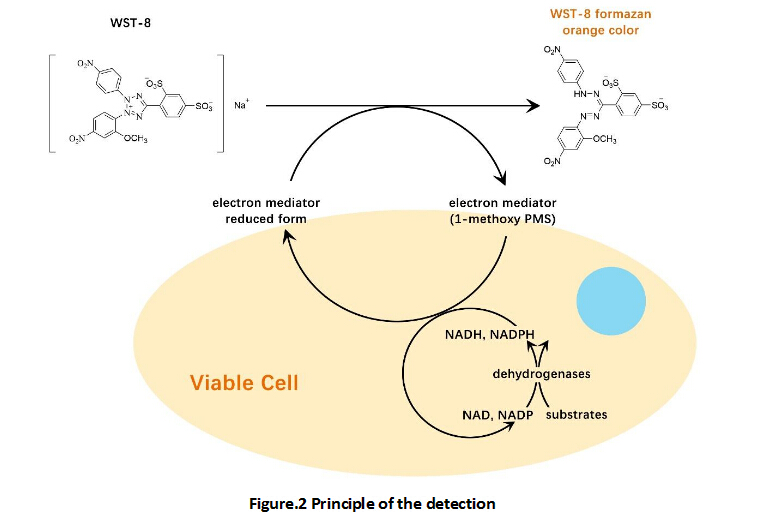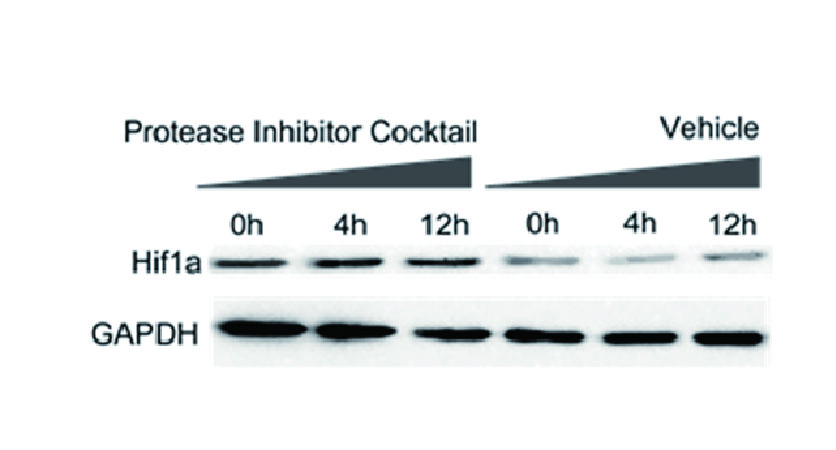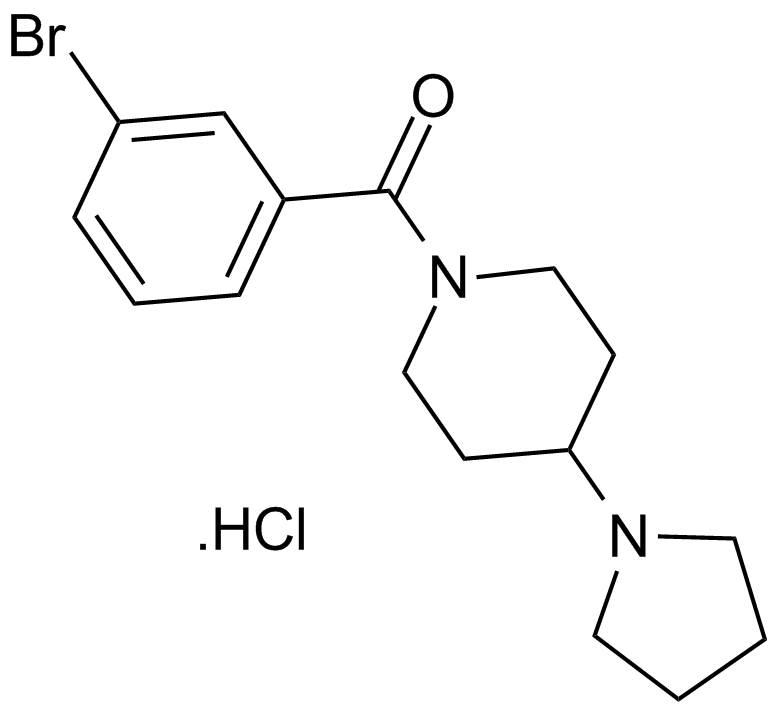UNC669
UNC 669 is a potent antagonist of L3MBTL1 (IC50=4.2 μM) and L3MBTL3 (IC50=3.1 μM).
There is less bio-data supported for UNC669. UNC1679 is an analog of UNC669. UNC1215 is the first potent and selective antagonism of a methyl-lysine reader protein, L3MBTL3, which antagonizes the mono- and dimethyl-lysine reading function of L3MBTL3. [1]
Lysine methylation is a key epigenetic landmark, the dysregulation of which is related to many diseases. UNC1679 maintains in vitro and cellular potency with improved selectivity against other MBT-containing proteins. The antagonists described were also found to effectively interact with unlabeled endogenous L3MBTL3 in cells. [1]
Reference:
1. James LI, Korboukh VK, Krichevsky L et al. Small-molecule ligands of methyl-lysine binding proteins: optimization of selectivity for L3MBTL3. J Med Chem. 2013 Sep 26;56(18):7358-71. doi: 10.1021/jm400919p. Epub 2013 Sep 16.
| Physical Appearance | A solid |
| Storage | Store at -20°C |
| M.Wt | 338.24 |
| Cas No. | 1314241-44-5 |
| Formula | C15H20BrN3O |
| Solubility | insoluble in H2O; ≥52.4 mg/mL in EtOH with ultrasonic; ≥9.35 mg/mL in DMSO |
| Chemical Name | (5-bromopyridin-3-yl)-(4-pyrrolidin-1-ylpiperidin-1-yl)methanone |
| SDF | Download SDF |
| Canonical SMILES | O=C(c1cc(Br)cnc1)N(CC1)CCC1N1CCCC1 |
| Shipping Condition | Small Molecules with Blue Ice, Modified Nucleotides with Dry Ice. |
| General tips | We do not recommend long-term storage for the solution, please use it up soon. |
| Description | UNC669 is a potent antagonist of L3MBTL with IC50 values of 4.2 µM and 3.1 µM for L3MBTL1 and L3MBTL3, respectively. | |||||
| Targets | L3MBTL1 | L3MBTL3 | ||||
| IC50 | 4.2 µM | 3.1 µM | ||||
Quality Control & MSDS
- View current batch:
Chemical structure
